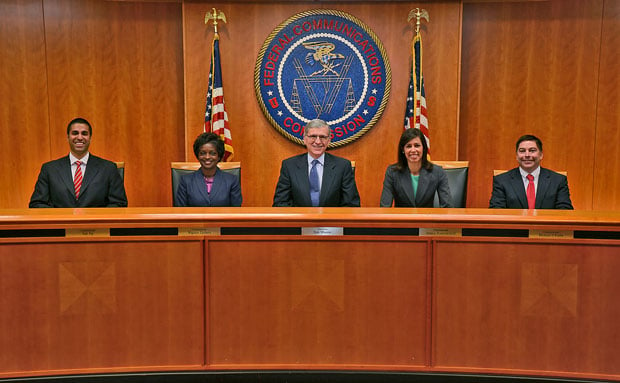FCC Grants Low Income Americans Subsidized Access To Home Broadband Internet
Early last month, the Federal Communication Commission (FCC) Chairman Tom Wheeler revealed a proposal that would give low-income Americans a monthly subsidy to help cover the cost of home broadband Internet access. Wheeler explained that the subsidy would be made possible thanks to updates to the Lifeline program, which has drawn its fair share of controversy over the years.
The FCC today announced the measure was approved in a 3-2 vote, predictably split along ideological lines with the three Democratic appointees voting for, and the three Republican appointees voting against. The main reason for this expansion of the Lifeline program is to provide broadband access to the 43 percent of poor Americans that can’t afford it.
“For the first time, Lifeline will support stand-alone broadband service as well as bundled voice and data service packages,” wrote the FCC in a statement. “To spark competitive service options for Lifeline consumers, the rules will unlock the Lifeline broadband marketplace to attract additional providers. And new service standards will ensure that supported services meet modern needs.”

The FCC contends that it has made improvements to Lifeline to insure that abuse, waste and fraud are significantly reduced. This rampant fraud and abuse that have become hallmarks of Lifeline have contributed to most of the criticism surrounding the program since its inception in 1985.
Going forward, eligible households will receive a $9.25 stipend that can be used towards the cost of standalone broadband Internet service or bundled mobile voice/data services. For the fixed broadband option, minimum data speeds have been set at 10Mbps down and 1Mbps up, with a minimum monthly cap of 150GB.
For mobile voice/data services, monthly minimums for voice and data are 500 minutes and 500MB of data respectively by December 1st, 2016. Those minimums will gradually increase until the end of 2018, when recipients will have access to 1,000 minutes and 2GB of data.
“[This order] ensures that low-income consumers are not relegated to second class service and have choices that allow them to get the most value for the subsidy,” writes Chairman Wheeler. “It sets minimum service standards to ensure supported services meet modern needs. These benchmarks will be transitioned in over time to avoid undue disruption for existing lifeline providers and consumers.
“By making the program more efficient, the reforms contained in this Order will make Lifeline more effective at making broadband more affordable for low-income consumers.”

